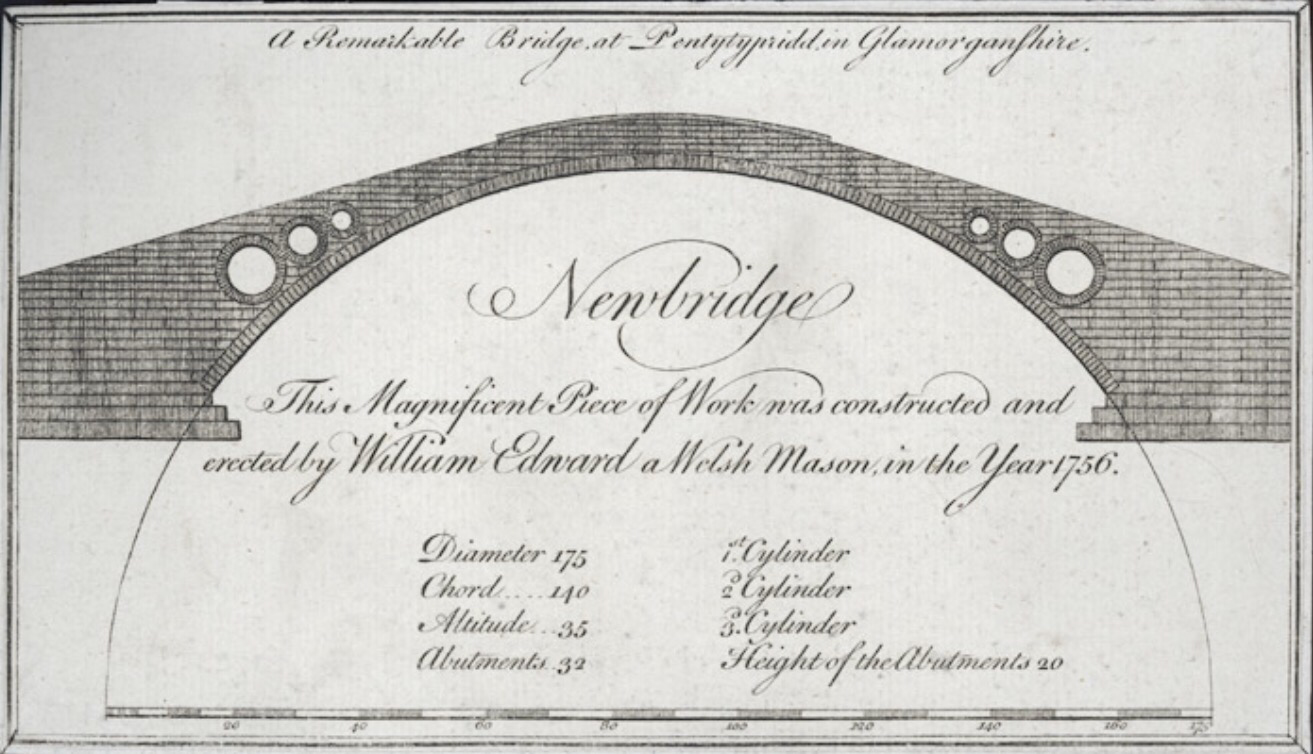Building on my enthusiasm for graphic facilitation (as mentioned in previous posts) I was fortunate to see Paul Richardson of apagraphicfacilitation.com in action at Welsh Public Services Summer School.
In the spirit of a picture really does speak a thousand words and the drawings are so much better than my notes, here are a few examples of the fantastic work Paul did during the week (as well as running daily workshops, impressive stuff!).
This one is about a reference to the Boston Philharmonic Conductor Benjamin Zander. The speaker, Avril Carson spoke about how Benjamin Zander uses a phrase about ‘playing on one buttock’ to describe when musicians are really energised and engaged. I asked Paul if he could draw it…… I never thought he would, brilliant result.
‘Have I made them stronger and more capable’ is one from Emmanuel Gobillot. Advice on what leaders should do. Nothing more to add. Fantastic advice and a great image.
The next one, a triangle is a bit more technical. It refers to research that indicates in change programmes only 10% of the successful ideas originate with the senior managers. The most useful ideas come from the people closest to the work (no surprises here…….). This was spoken about by Nick Obolensky. I need to dig up the research on this. Unfortunately I failed to write down the source properly, proving the point about my notes being less useful than Paul’s graphic facilitation.
Overall, the images Paul produced have helped me build upon my learning at Summer School, and share it with others. The impact of showing people the pictures I took on my phone has been remarkable. If I had to sum up my experience of graphic facilitation in three words they would be; immediate, effective and long-lasting. Thanks Paul.
So, what’s the PONT?
- They are a quick way of capturing key learning points (so much better than my notes).
- Pictures really do speak a thousand words. People can effectively understand complicated messages through images.
- The impact is long-lasting. I’m more likely to re-visit a picture or print it out and pin it on a wall than re-read my scribbled notes.
If you want to see all of what Paul drew during the week here is a link to the Academi Wales Flickr stream: http://www.flickr.com/photos/81188091@N04/7643756830/in/photostream/




Leave a comment